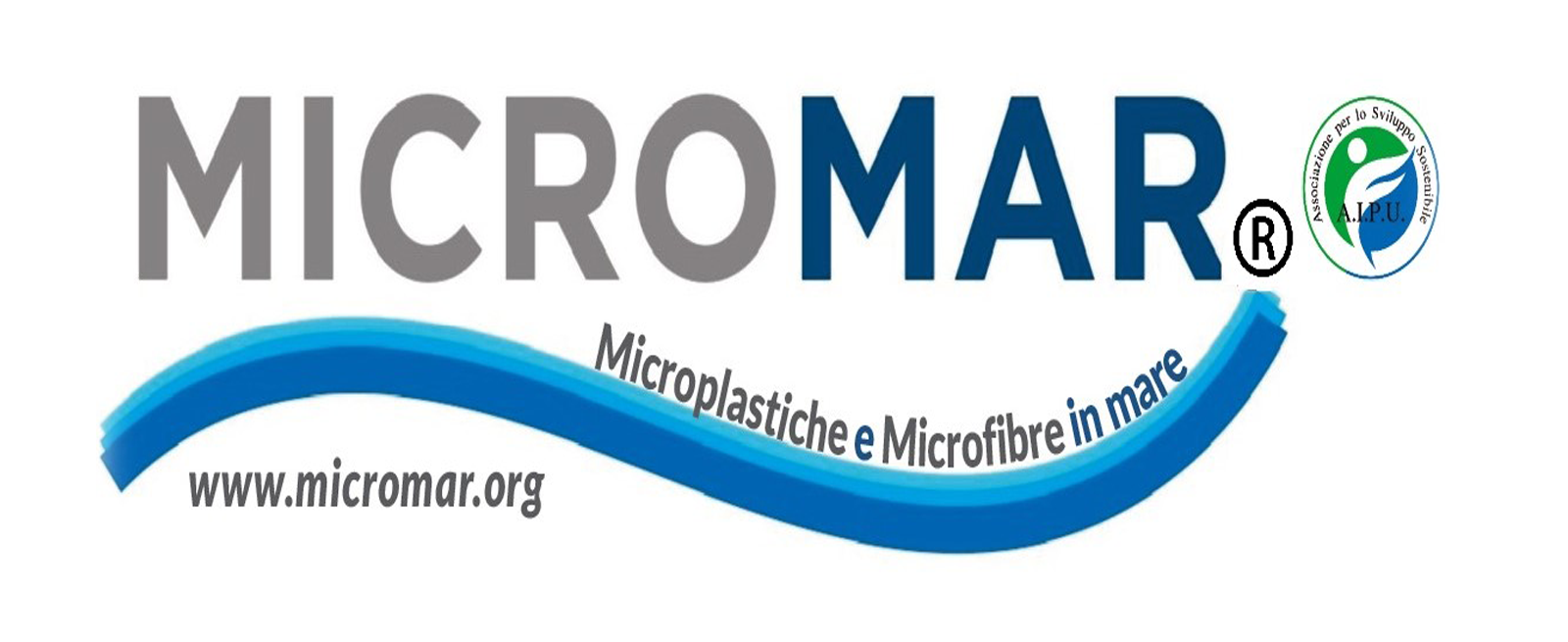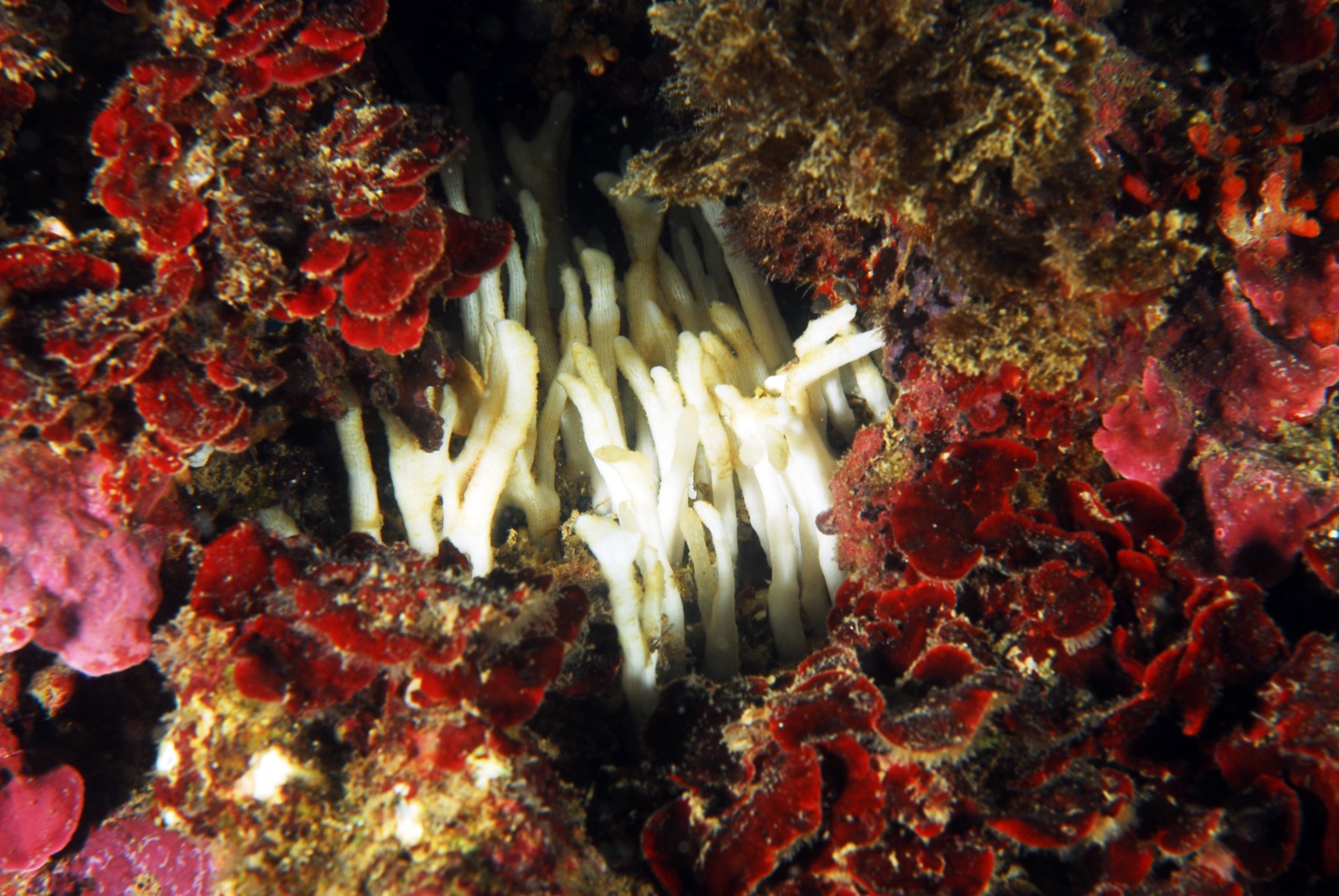"Yet another alien species has been found in the Gulf of Gaeta by the scientific director of the AIPU Association: Prof. Adriano Madonna,
precisely in this hot summer after the Asparagopsis armata algae" declares Luigi Valerio President of the AIPU association for sustainable development operational headquarters of Minturno-Sperlonga.
Although the specific literature reports that the Oceonapia isodyctiformis sponge lives in the Atlantic and the Mediterranean, in our area, in the Gulf of Gaeta and its surroundings, it had never been seen before. It was discovered during a study dive in the waters of the Grotta del Turco by Prof. Adriano Madonna, marine biologist at EClab, Comparative Endocrinology Laboratory of the Federico II University of Naples and scientific director of A.I.P.U. International Association for the Unesco Project.
The sponge in question certainly does not go unnoticed: it is made up of digitiform (finger-shaped) elements, more or less grouped or spaced apart, and white in color. The fact that it was not present in our sea before is easily explained: it is obvious, in fact, that in times before today, Oceonapia had not found its ecological niche, that is, the set of biotic and abiotic conditions necessary for its survival and reproduction. It is very likely, indeed it is certain, that climate change has influenced a certain environmental change that now allows this sponge to take root. Professor Adriano Madonna reports that it is enough to swim with mask and fins along the cliff of Monte Orlando in the Riviera di Ulisse regional park to notice, at a depth of a couple of meters, these more or less large and extensive white tufts. Like most sponges, Oceonapia isodyctiformis also takes root on hard substrates, especially on rocky ones, and prefers places in dim light or with almost total absence of light.
On this hot summer day, we can therefore take a dip in the waters of the Grotta del Turco in search of Oceonapia isodyctiformis, but to fully enjoy the experience, it would be a good idea to first learn a little about sponges.
When looking at a sponge, perhaps even one resting on the edge of the bathtub, it is not clear what “breed” of organism it is and one would lean more towards a species from the plant kingdom rather than the animal kingdom. The same doubts and perplexities involved the naturalists of the past, who did not know how to frame the strange tissues of these sea creatures. The turning point came around the second half of the eighteenth century, when sponges were classified in the animal kingdom, but… not exactly: in fact they were relegated to a sort of “dependency” of the animal kingdom, a sub-kingdom, that of the parazoans, which means “close to animals”, because, although they were identified as animal organisms, it is undeniable that they are very particular animals, which do not even seem so: their soft consistency, in fact, is given by a set of layered cells that form something similar to a tissue.
Due to their characteristic of being dotted with tiny pores from which a flow of water enters and exits, bringing nutrients, sponges constitute the phylum of porifera, so saying sponges or saying porifera is the same thing. What is generally known about sponges is that they are organisms divided into numerous different species, just as their shapes and colors are different, almost always bright and showy and this is a sacrosanct truth: in our Mediterranean, in fact, as well as in other seas, for example the Cuban Caribbean, sponges are among the organisms that color the seabed the most.
So let's get to know these "Martians of the sea" and we will be amazed, because the organization of the poriferans is truly singular. In any case, it is a very ancient phylum: just think that sponge spicules have been found in Precambrian rocks. This means that over six hundred million years ago sponges already existed and to reach our days they have gone through infinite environmental changes to which they have adapted each time, managing to evolve according to the needs of each type of situation, until they built the sponges of our era, those that we usually see underwater. We only have to think about the long evolutionary history (phylogeny) of these organisms to observe them, if nothing else, with greater admiration.


 English (United Kingdom)
English (United Kingdom)  Italiano (it-IT)
Italiano (it-IT) 